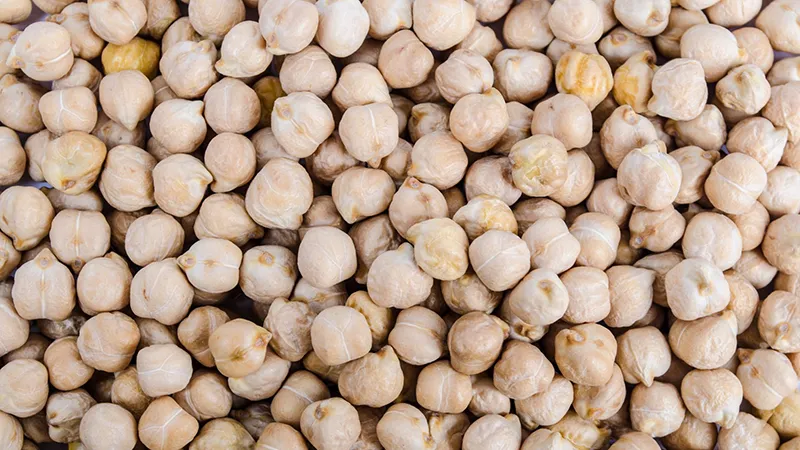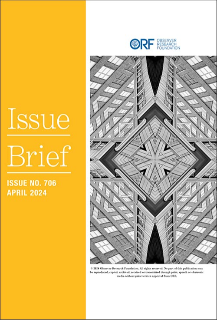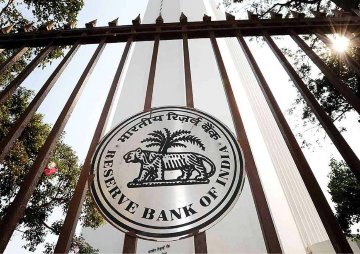The prices of pulses have hit a new high, with the two important dal prices rising by 31.5 percent in the last one month. This is alarming news because if essential dal prices hit ₹170 and ₹196 a kg, it will be unaffordable for the poor. The problem of pulses production in India has been a long standing one and has affected the nutrition of the poorer sections. Thus despite India’s rapid economic progress, India has the highest number of undernourished persons. According to the Economic Survey 2016, there are 194.6 million undernourished persons in India. Also, with poverty level at 27 percent, there are many malnourished children, and 39 per centchildren are stunted.
One main source of nourishment for the people below the poverty line, especially children, are pulses that contain 23 percent protein. While India is the biggest producer of pulses in the world, there is a big gap between the supply and demand. India’s production was 17.06 million metric tonnes in 2015-16 and the demand is at 23.5 million MT. India imports pulses from Canada, Myanmar, Australia and Africa to bridge the gap.
India imported 5.5 million MT in 2015 and yellow peas accounted for 40 percent of pulses imports. This year, according to Food and Consumer Affairs Minister Ram Vilas Paswan, India is likely to import 6.5 million MT to prevent further price rise.
The production of pulses constitutes only 5 percent of the total agricultural output and is a fringe crop. The crop is susceptible to diseases and drought and the production never came under the Green Revolution. The reason why the domestic production is not going up is largely due to neglect. The reason behind prices not stabilising is due to the rise in global prices. Worldwide, the demand for pulses is exceeding the supply and hence prices have been going up. The global price rise is also due to the strong US dollar. The current demand for pulses worldwide is 70 million MT. India being a big buyer impacts global prices.
The problem lies in the low productivity of pulses in India and while India produces around 600-800 kg per hectare, other countries are producing 1400 a hectare. The problem of low yield is connected with lack of irrigation facilities, poor seeds, pests, low fertiliser use and extension work.
Pulses are mostly grown in rain-fed land which is poorly irrigated because the best land is used for the cultivation of wheat rice and sugarcane. When grown in such land, uncertain rainfall causes frequent crop failures.
Pulses can be grown in fallow land and as a rotational crop because the plants have a quality of fixing nitrogen to the soil. Pulses are from leguminous plants which have a symbiotic relationship with acertain bacteria known as rhizobia that live in their root nodules. These bacteria take nitrogen — an essential plant nutrient from the air — and convert it into a form that can be used by plants. As a rotational crop, they increase the supply of soil nitrogen through nitrogen fixation. The succeeding crops get agronomical benefits and have better crop quality and improved yield with less fertiliser requirement. The production of pulses has low carbon footprint because it requires less water and other resources.
Even though the MSP for pulses has been raised, farmers find it profitable to grow food grains. More focused attempts should be made to persuade farmers to switch from growing water- guzzling sugarcane and rice to pulses.
There is no futures market in pulses, except in chickpeas (chana), and hence there is no effective price discovery and efficient price risk management. A futures market would lead to price stability and more remunerative prices for farmers. Commodity markets without futures trading are more volatile because futures act as a price warning system.
A higher futures price does not push up the spot price unless there is hoarding. When futures prices are higher, people foresee that there will be a shortage coming and this leads to farmers planting more and importers importing more.
Instead, procurement prices are fixed by the government and procurement takes place via middlemen. There exists a fragmented supply chain with many layers of middlemen which leads to low remuneration for farmers, but high prices for consumers. Also, high transaction and processing costs lead to high consumer prices.
The increase in minimum support price for pulses has not been successful in raising the profitability of farmers which would go towards getting better seeds and lead to higher productivity. The main states in which the cultivation of pulses is taking place are Madhya Pradesh, Maharashtra, Rajasthan and Uttar Pradesh. In fact, farmers there are reluctant to continue farming pulses if they are not guaranteed direct procurement by the state.
In the Union Budget 2016, ₹500 crore have been allocated under the National Food Security Mission for increasing the productivity and production of pulses. More disease and drought-resistant varieties are being developed, as well as short crop duration varieties. The 60000 pulse village programme announced in the Budget may be expanded to one lakh villages. Building reserves of 50,000 MT for gram and tur is being explored, for which ₹900 crore for reserves and price stabilisation fund for 2016-17 have been allocated. This may not be adequate.
Recently, the government has increased the size of the buffer stock five times to eight lakh MT from 1.5 lakh MT and stocks are being released to states for retail distribution at highly subsidised rate of Rs 120 a kg. Stocks are being procured by the FCI and SFAC (Small Farmers Agri-business Consortium).
The UN has declared 2016 as the International Year of Pulses. For India, time has come for urgent steps to fulfill the needs of a growing population, of which 30 per cent is vegetarian and whose protein needs are met from the intake of pulses.
Instead of the current consumption of 60 gm a day, the WHO has recommended 80 gm/capita/day of pulses consumption for India, for which India will require 38 million MT of pulses by 2018. A new focus is needed on pulses to increase its production and not have band-aid solutions to fix the problem of shortages.
This commentary originally appeared in The Tribune.
The views expressed above belong to the author(s). ORF research and analyses now available on Telegram! Click here to access our curated content — blogs, longforms and interviews.




 PREV
PREV


